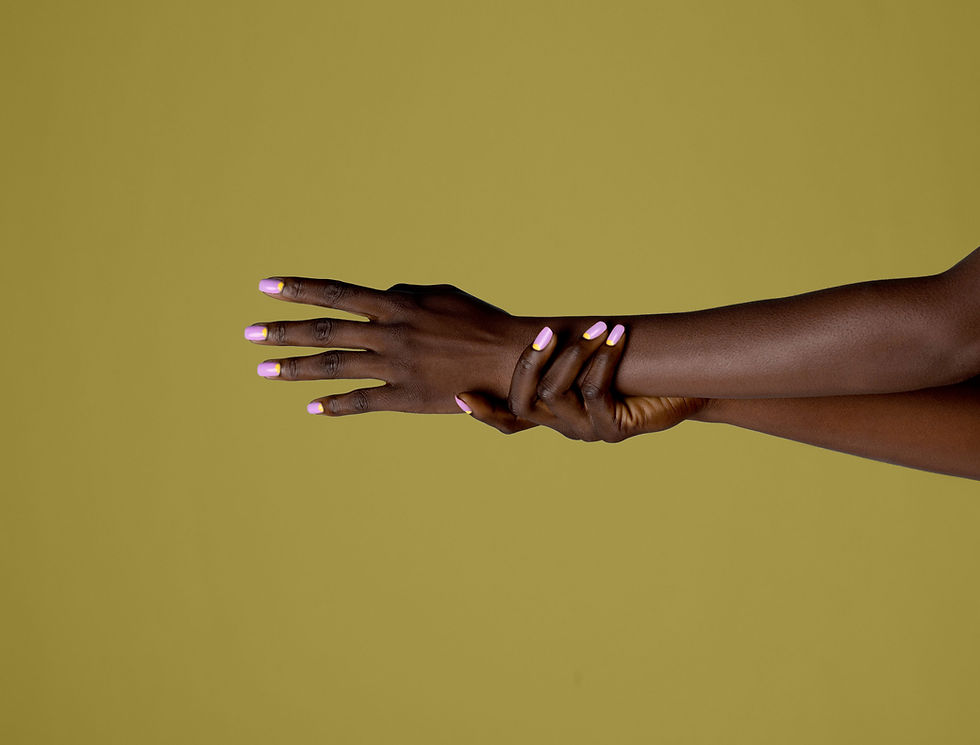When it comes to nail care, the focus often shifts to manicures, pedicures, and the latest nail art trends. However, at the heart of beautiful hands and feet are the natural nails that serve as their foundation. Understanding the structure and health of your natural nails is essential for maintaining not just aesthetics but overall hand and foot health. In this blog post, we’ll explore the anatomy of natural nails, common nail concerns, and tips for nurturing your nails to ensure they remain strong and healthy.

The Anatomy of Natural Nails
Natural nails are composed primarily of a protein called keratin, which is also found in our hair and skin. Here are the key parts of a nail that contribute to its health and appearance:
- Nail Plate: The hard surface of the nail that you see and paint. It protects the delicate tissues underneath.
- Nail Bed: The skin beneath the nail plate, rich in blood vessels and nerves. A healthy nail bed is crucial for nail growth.
- Cuticle: The thin layer of skin at the base of the nail that protects the nail matrix from infection.
- Nail Matrix: Located beneath the cuticle, this is where new nail cells are produced. The health of the matrix directly impacts nail growth.
- Lunula: The visible part of the nail matrix that appears as a white crescent at the base of the nail. It’s a sign of healthy nail growth.
Understanding these components helps you appreciate the complexity of natural nails and why maintaining their health is vital.

Common Nail Concerns
Just like any other part of our body, nails can face various issues that may affect their appearance and health. Some common concerns include:
- Brittleness: Nails that break easily or are prone to splitting may indicate dehydration or nutritional deficiencies.
- Discoloration: Changes in color can signal underlying health issues, such as fungal infections or other medical conditions.
- Nail Growth Issues: Slow or uneven nail growth can result from trauma, nail biting, or other habits.

Tips for Healthy Natural Nails
1. Keep Your Nails Clean and Dry: Regularly wash your hands and feet, and ensure your nails are thoroughly dried to prevent infections.
2. Moisturize: Just like your skin, your nails and cuticles need moisture. Use a quality hand and nail cream to keep them hydrated.
3. Avoid Harsh Chemicals: Limit exposure to strong cleaning products or nail polish removers that contain acetone. Consider using gentler alternatives.
4. Eat a Balanced Diet: Nutrients like biotin, zinc, and proteins support healthy nail growth. Incorporate foods like nuts, leafy greens, and lean proteins into your diet.
5. Practice Good Nail Hygiene: Regularly trim and file your nails to keep them at a manageable length and shape. Don’t forget to push back your cuticles gently during your nail care routine.
6. Limit the Use of Acrylics and Gels: While these enhancements can look beautiful, they can also weaken your natural nails. Give your nails time to breathe between applications.
7. Regular Salon Visits: Regular manicures and pedicures not only enhance your nails' appearance but also provide an opportunity for professional assessment of nail health.
Natural nails are more than just an aesthetic feature; they are a vital part of your overall hand and foot health. By understanding their anatomy and caring for them properly, you can ensure that your nails remain strong, healthy, and beautiful. Remember, a solid foundation leads to stunning results, whether you prefer a natural look or love to experiment with nail art. At Cilverbow Botanicals Nail Salon Miami, we’re here to help you achieve your best nails yet. Schedule an appointment today and let’s embark on a journey to nail health together!

Comments